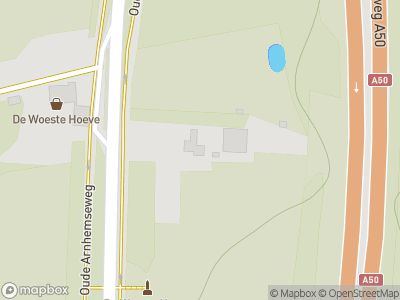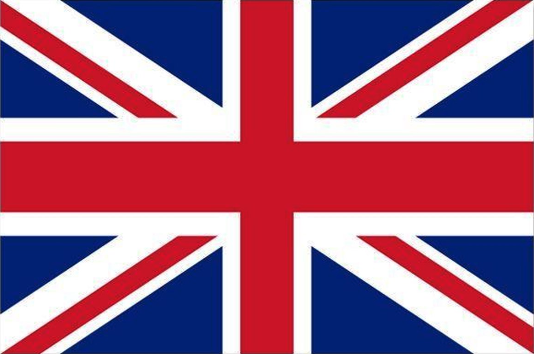In March 1945, the hamlet of Woeste Hoeve was caught centre stage in a horrific and bloody drama. The highest-ranking Dutch SS officer, Hanns Rauter was seriously injured during a random attack, and his retaliation was cruel: 300 prisoners of war were executed throughout the Netherlands, 117 of whom were executed in Woeste Hoeve. This was the largest mass execution in the Netherlands during the Second World War.
Under fire
Rauter was not the intended target. The Resistance in Apeldoorn had planned to commandeer a German lorry in order to intercept a German meat delivery, but when they came to ambush the lorry in Woeste Hoeve on the night of 6th and 7th March 1945, they encountered an unexpected grey-green BMW car. Fighting ensued, and all of the people in the car were killed, bar one. In the darkness, the resistance had not seen that it was Rauter in the car, and they did not know he was still alive.
Attack on Rauter
Rauter was found some time later and taken to hospital. He assumed that it was an intended attack on his life, and dispatched orders for the most horrific form of retaliation imaginable: the execution of 300 Todeskandidaten by firing squad prisoners whom, for all kinds of reasons, had already been sentenced to death. The executions were carried out in different places, including one in Woeste Hoeve, where 117 people were killed. The prisoners were brought from Apeldoorn to Woeste Hoeve in trailers, twenty at a time. When they got there, they were faced with a firing squad of fifty men. The next group arrived just five minutes later.
The Woeste Hoeve Memorial
The Germans left the bodies beside the main road, after which, they were eventually buried in a mass grave at the Heidehof Cemetery in Ugchelen. After the liberation of Apeldoorn, the bodies were exhumed and identified as far as possible. Some of the victims were reburied at the Heidehof cemetery on what is known as ‘Woeste Hoeve Lane’. Others were buried in the military cemetery in Loenen. There is a war memorial in Woeste Hoeve in their memory.
















